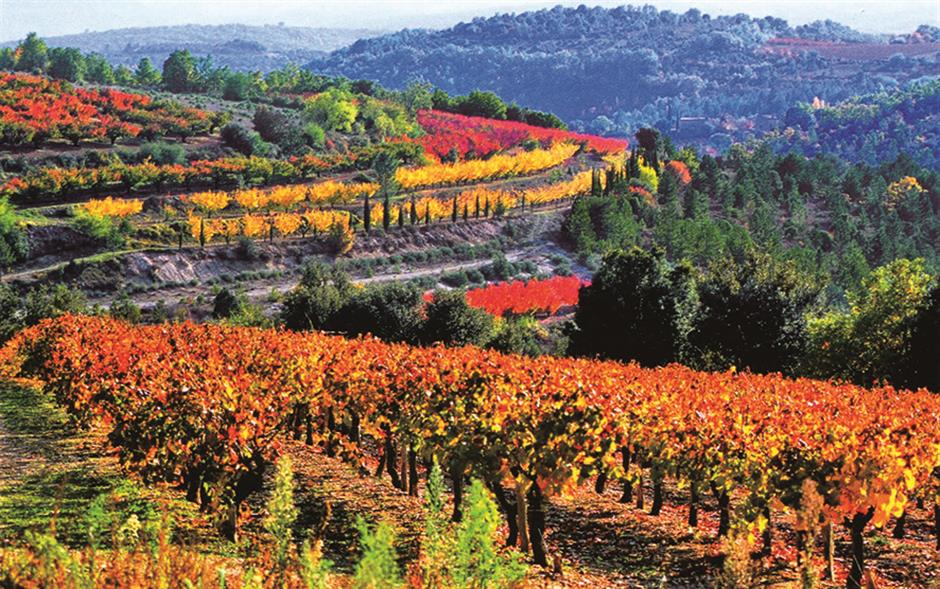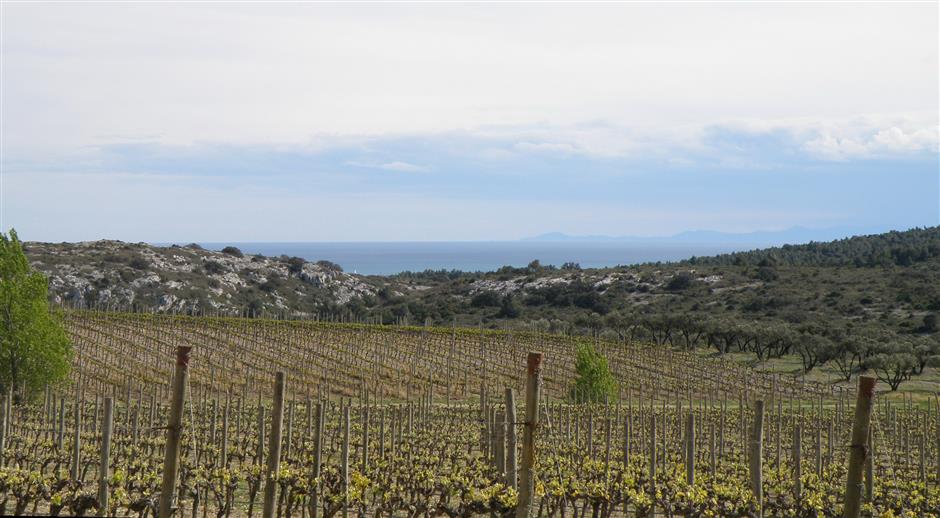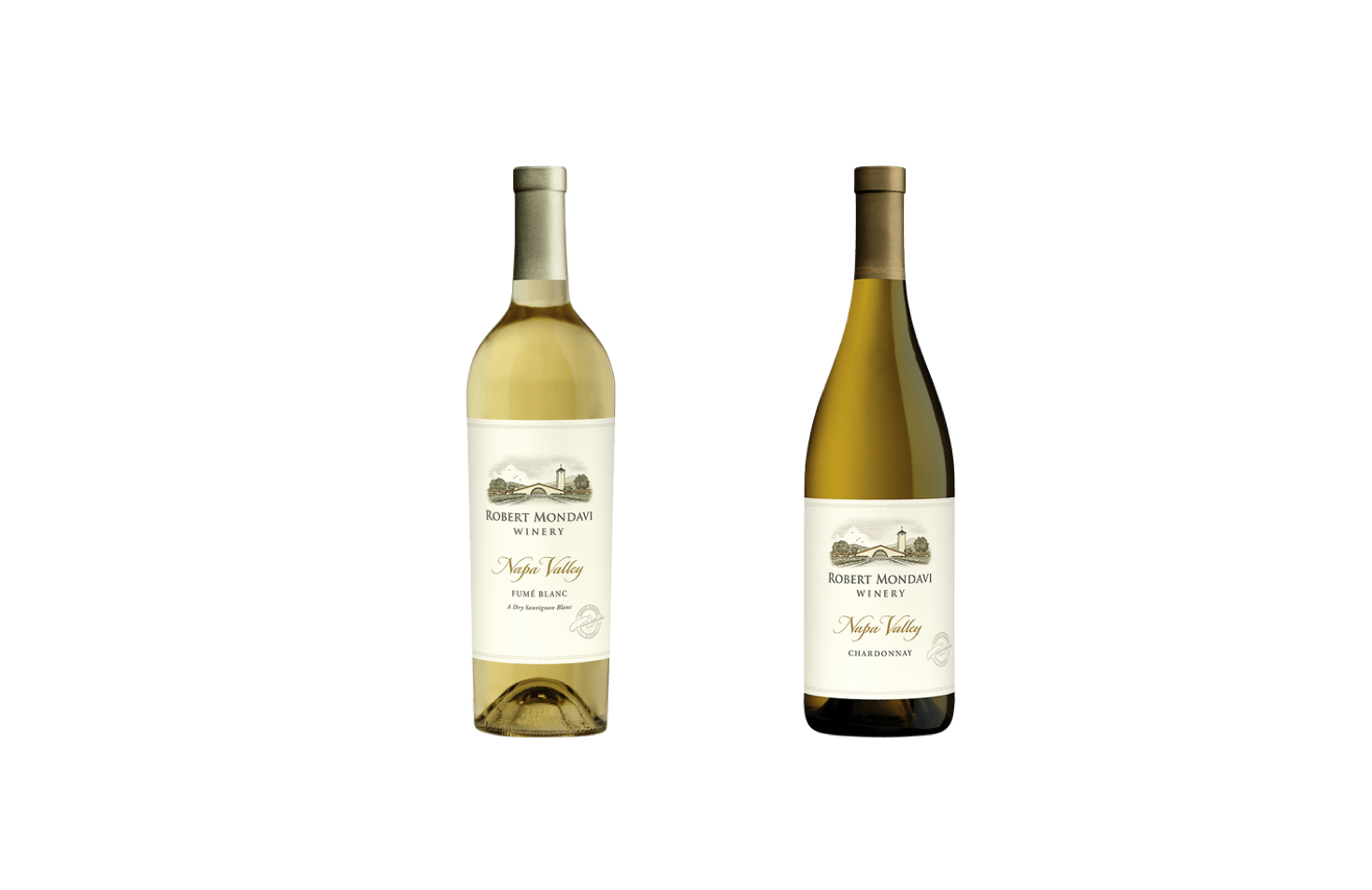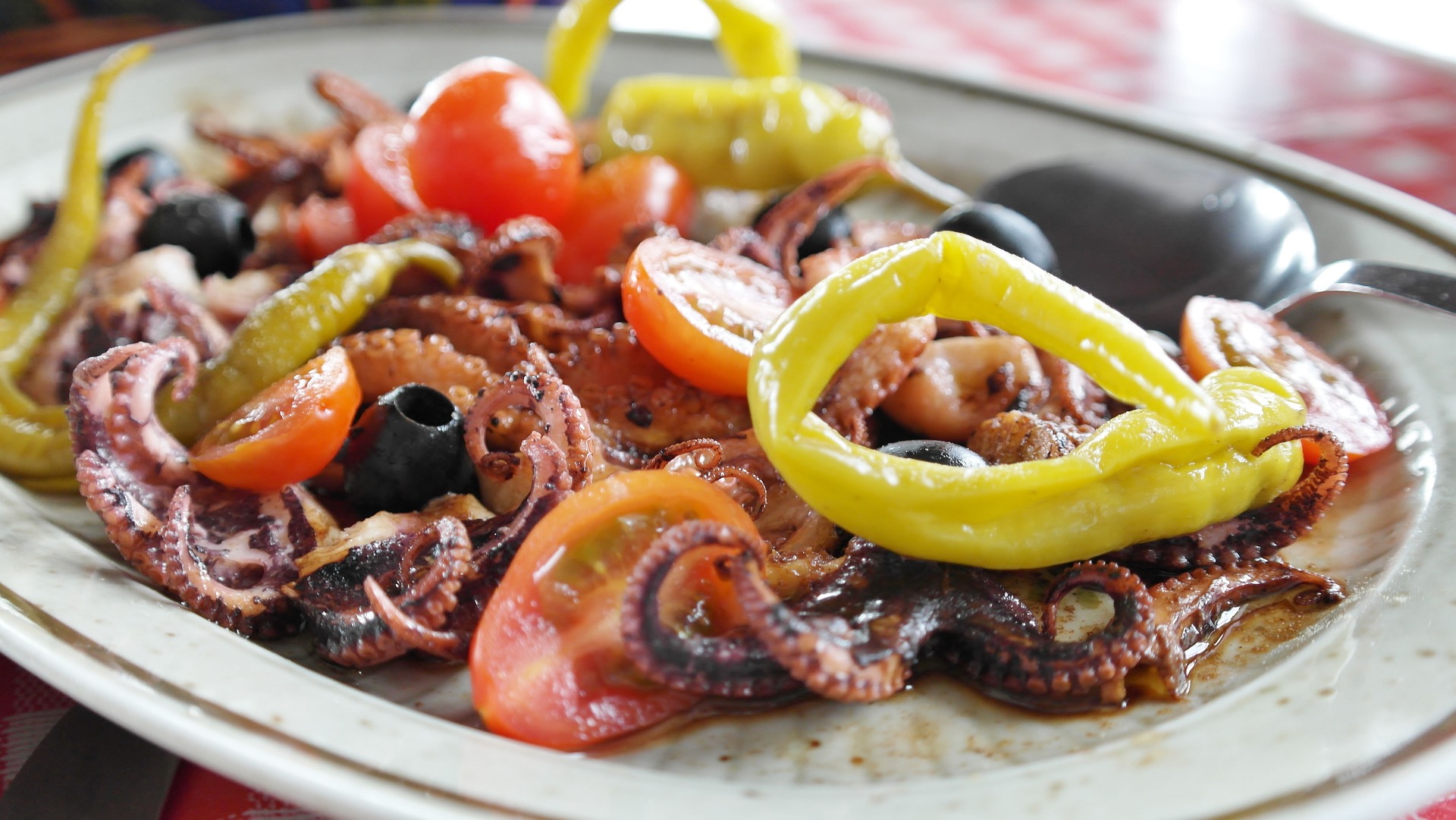Summary
The second part of the article focuses on the wines of Provence, particularly rose wines. It explains that Provence is known for its rose wines, which account for nearly 90 percent of production. The article describes the climate and terroir of Provence, which contribute to the fresh and aromatic qualities of the wines. It recommends several rose wines from Provence, including Chateau La Tour de l’Eveque Petale de Rose, as well as other producers to look for. The article concludes by suggesting a tuna salad sandwich paired with a glass of Provence rose as a favorite lunch option.
Today’s feature food article offers a guide to pragmatic workday lunches in Shanghai. There are countless palatable solutions including noodles, rice dishes, dim sum or even junk food. I often opt for a sandwich unfortunately sans the wine. Save for special luncheons with winemakers, clients or celebratory occasions, I’ve mostly sworn off workday daytime drinking. The notable exception is when I’m visiting wine regions. Nonetheless, wines at lunch accompanied by classic sandwiches can be eminently enjoyable. Let’s take a look at the advent of the concept of lunch and the invention of the sandwich.
Developed regions of the modern world have adopted the practice of three meals a day with lunch being in the middle. It wasn’t always that way. The Romans largely did without lunch instead having their major dinner meal in the late afternoon. These empire-builders might have enjoyed occasional snacks, but considered it was unhealthy and gluttonous to have more than one meal a day. In the Middle Ages people woke up and went to sleep much earlier as they followed the rhythms of natural light. Peasants working the fields ate their dinner about noontime while the aristocrats typically dined a few hours later.
In fact, the word lunch didn’t even enter the modern English vernacular until the mid-18th century and was a rarely used word until the 19th century. The industrial revolution and widespread use of electricity radically changed everything. Laborers worked longer hours and electricity allowed the poor and affluent alike to prepare food and dine after sunset. Lunch became an essential fixture between breakfast and dinner.
With few exceptions the modern workday lunch is built around convenience and practicality. Sandwiches, especially in the west, became one popular solution. Many credit John Montagu, the 4th Earl of Sandwich, with inventing the sandwich in 1762. This tale tells of a gamble-loving earl who never wanted to leave the betting table, and one day when hunger hit, he beseeched his servant to bring a slice of salted beef between two pieces of bread so he could continue gambling with one hand and eat with the other. The practice was adopted by other nobles who would simply say, “give me the same as Sandwich.” While most certainly the namesake, this popular style of food far predates the earl’s existence.
The first recorded sandwich in history dates back to AD 1 when the Jewish rabbi Hillel the Elder. The rabbi may have popularized this food but he’s almost certainly not the creator. Breadcrumbs were identified in a 14,400-year-old archeological site in present-day Jordan and it takes no great leap of imagination to think that these primitive peoples didn’t place other edibles in and around their pieces of bread. Montagu himself most likely got the idea from his travel to the Eastern Mediterranean where locals had long been putting meats, cheeses and other foodstuff between layers of unleavened flatbread.
Now to my rare, but much beloved treat of pairing wines with sandwiches. Let’s get something clear, the sandwiches you get at coffee shops and convenience stores are sandwiches in name only and don’t merit the company of wines. On the other hand, classics like the Reuben, Club, BLT, Croque-Monsieur and other certainly deserve the company of wines. A personal favorite, the humble tuna salad sandwich prepared with tuna in olive oil, capers and mayo always accompanied by a large kosher dill pickle also benefits from a proper wine. Fortunately, there exists a style of wine that pairs beautifully with almost every kind of sandwich.

Provence
As a child every August my family would travel to Provence in the south of France to revel in the sun, sea and beaches and savor regional gourmet delights with local wines. Good white and red wines are made, but first and foremost, Provence is the land of rose wines that account for nearly 90 percent of production.
Abundant sunshine and cool winds promote long gradual ripening of the grapes that in turn result in intensely fresh and aromatic wines. The hot, dry and windy climate makes it easier for producers to be organic or biodynamic. In color, aromas and on the palate, the Provence style of rose is subtler and more nuanced than Spanish and New World styles. The color ranges from pale peach to light pink and the aromas are less overtly fruity and more floral than roses from other regions. Provence rose wines almost always offer a mouth-puckering bracing acidity that makes them brilliant companions to fish and cheese sandwiches as well as those wonderfully greasy Pastrami, Reuben and Philly steak sandwiches.
The principal AOC regions, AOP in EU lingo, of Provence are Cotes de Provence, Coteaux d’Aix en Provence, Coteaux Varois en Provence, Les Baux de Provence, Palette, Bellet, Pierrevert and Bandol — the last somewhat idiosyncratically being primarily a red wine region.
One perfect Cotes de Provence rose to accompany a wide range of gourmet sandwiches is Chateau La Tour de l’Eveque Petale de Rose. This elegant blend of Cinsault, Grenache, Syrah, Mourvedre and smaller contributions of four other varieties offers ripe strawberry and nectarine aromas with floral notes and a fresh, slightly spicy palate with a light tannic touch. Two additional enchanting rose wines from Chateau La Tour de l’Eveque are the La Source Gabriel and Rosarte Rose. Other Provence rose producers to look for include Saint Aix, Estandon, Gabriel Meffe and Miraval. Recent vintages down to the exceptional 2015 vintage have all been good to excellent.
An overstuffed 3-inch (7.6 centimeters) thick Tuna salad on rye bread and a classy glass of Provence rose — oh yeah don’t forget the kosher dill. Truly one of my all-time favorite lunches.
Where to buy in Shanghai
China Wine & Spirits, Room 702, No. 1, Lane 1136, Xinzha Rd, 6087-1811
Chateau La Tour de l’Eveque Petale de Rose
Chateau La Tour de l’Eveque La Source Gabriel Rose
Chateau La Tour de l’Eveque Rosarte Rose
www.firstcellars.com
Saint Aix Coteaux d’Aux en Provence Rose
Estandon Cotes de Provence Rose
www.yesmywine.com
Miraval Provence Rose





